4.3 Years 1910-1919
Number of slide rules: 30.
Variations in scale arrangements continued. See, for example, Dietzgen’s 1759-B with its R scale. Metal slide rules made their entrance in the U.S. during this decade as well. The Reitz scale arrangement was developed in Germany, which included K and L scales on the front with trig scales on the back of the slide. The K&E duplex models that include log-log scales for advanced calculations begin to gain popularity during this decade.
Some notable technical developments: air conditioning invented; World War I; nucleus of atom discovered.
| Year | Maker | Model | |
|---|---|---|---|
| c.1910 | K&E | 4041 |

|
| 1910-1912 | Dietzgen | 1761-AL |
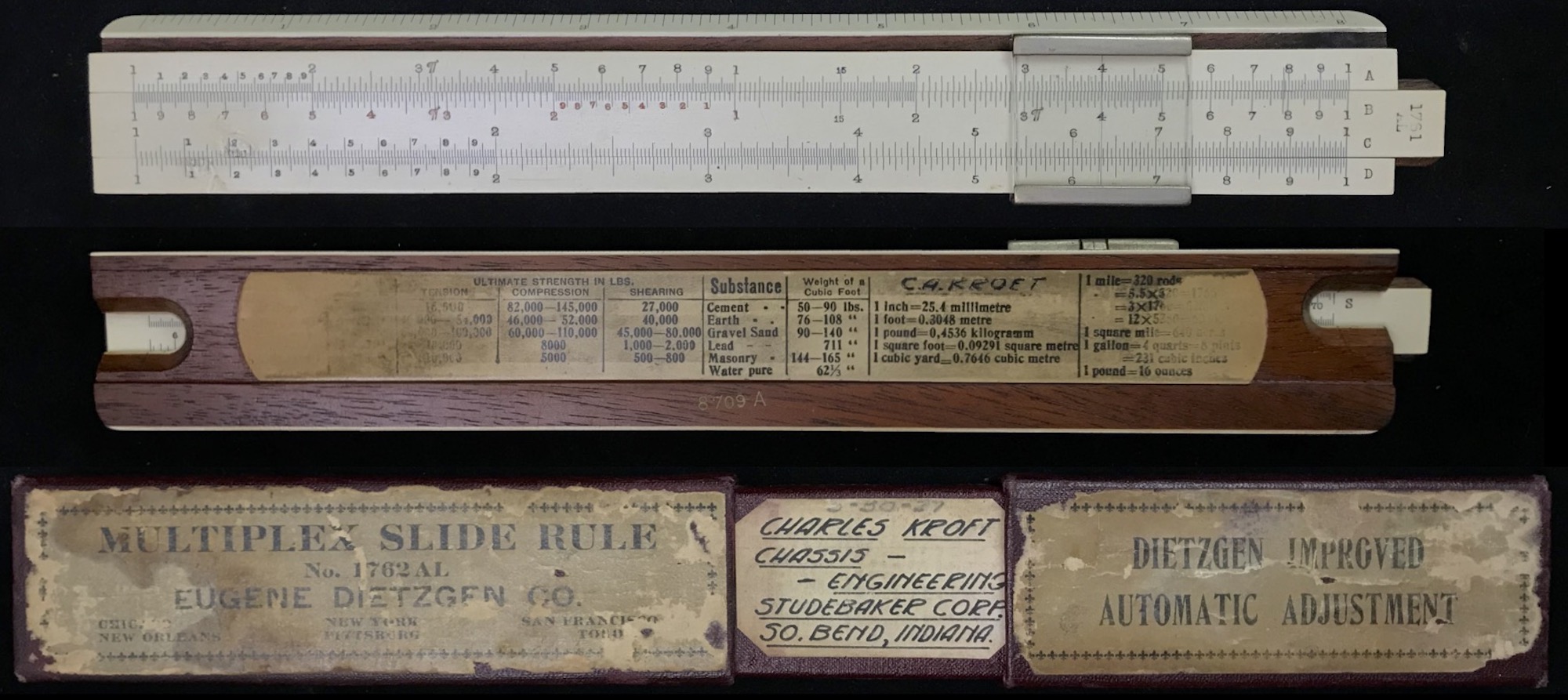
|
| 1910-1914 | K&E | 4053-2 |

|
| 1910-1914 | K&E | 4053-3 |

|
| 1910-1921 | Dietzgen | 1760-B |
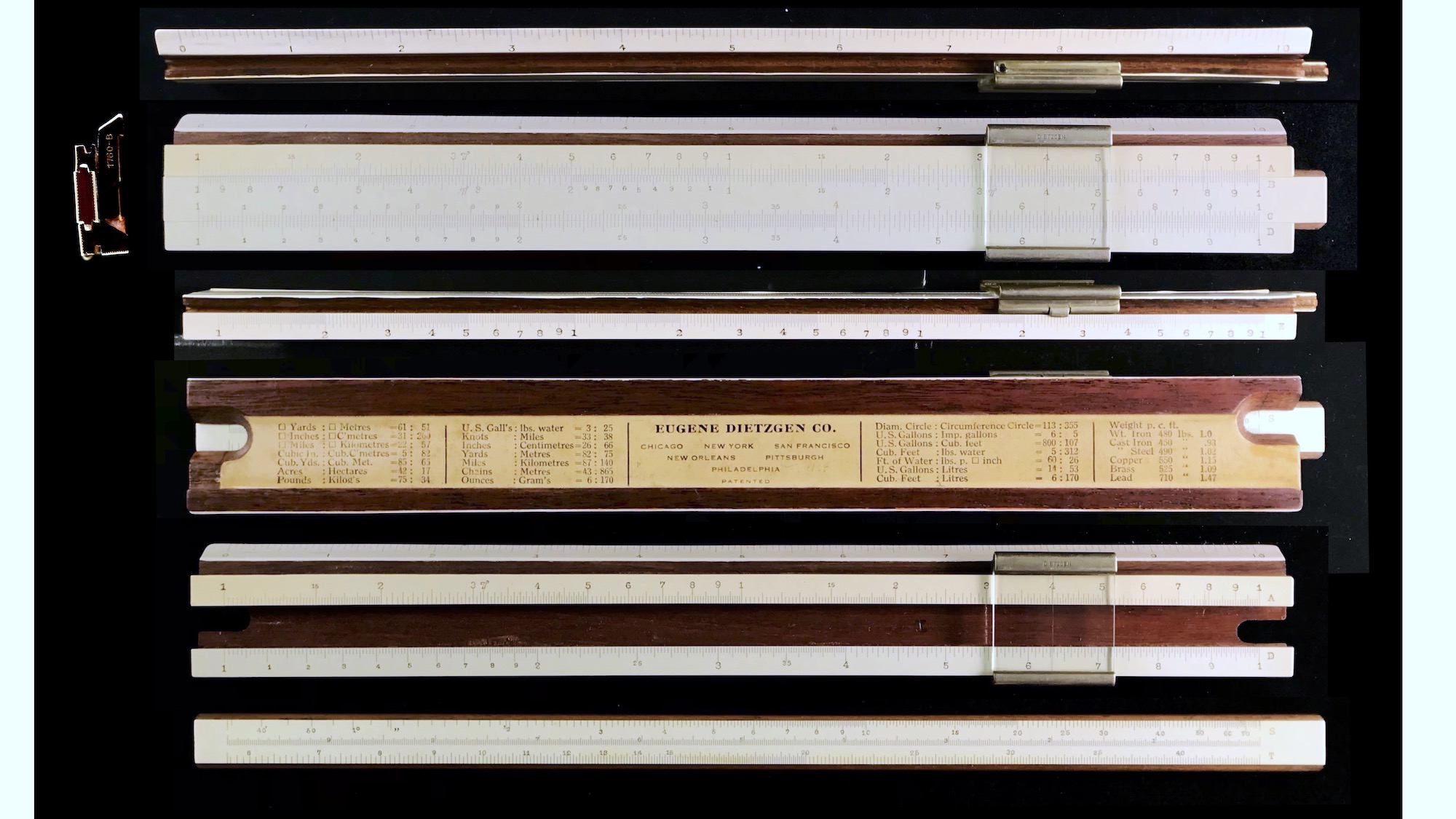
|
| c.1912 | Richardson | Direct Reading (812) |

|
| c.1912 | Richardson | Pantocrat 812 |

|
| c.1912 | Richardson | 1776 |

|
| c.1912 | Richardson | Direct Reading Pocket |

|
| c.1912 | Richardson | Direct Reading Pocket |

|
| 1913 | Dennert & Pape | No. 9 |
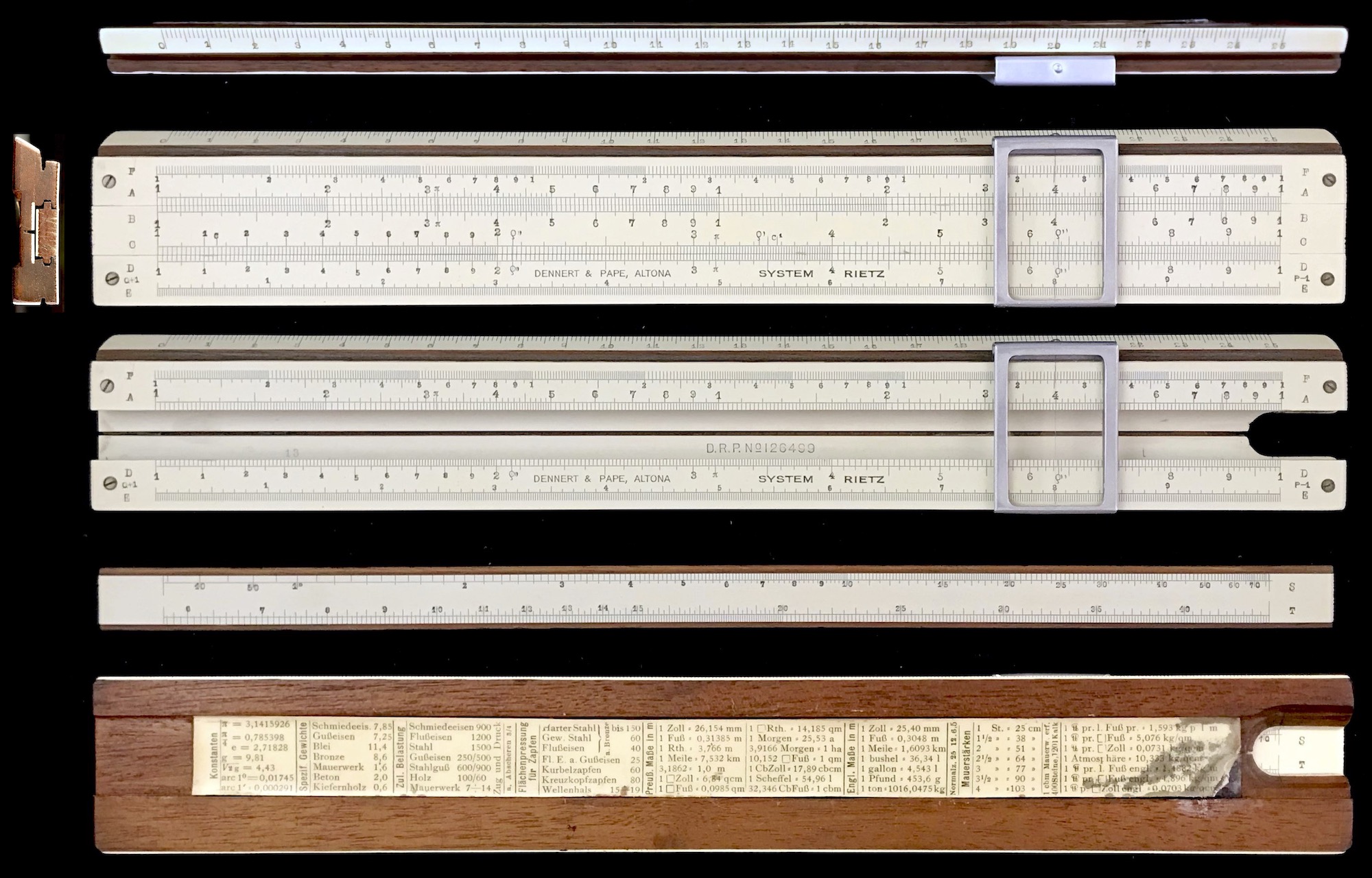
|
| 1913 | K&E | 4092 |
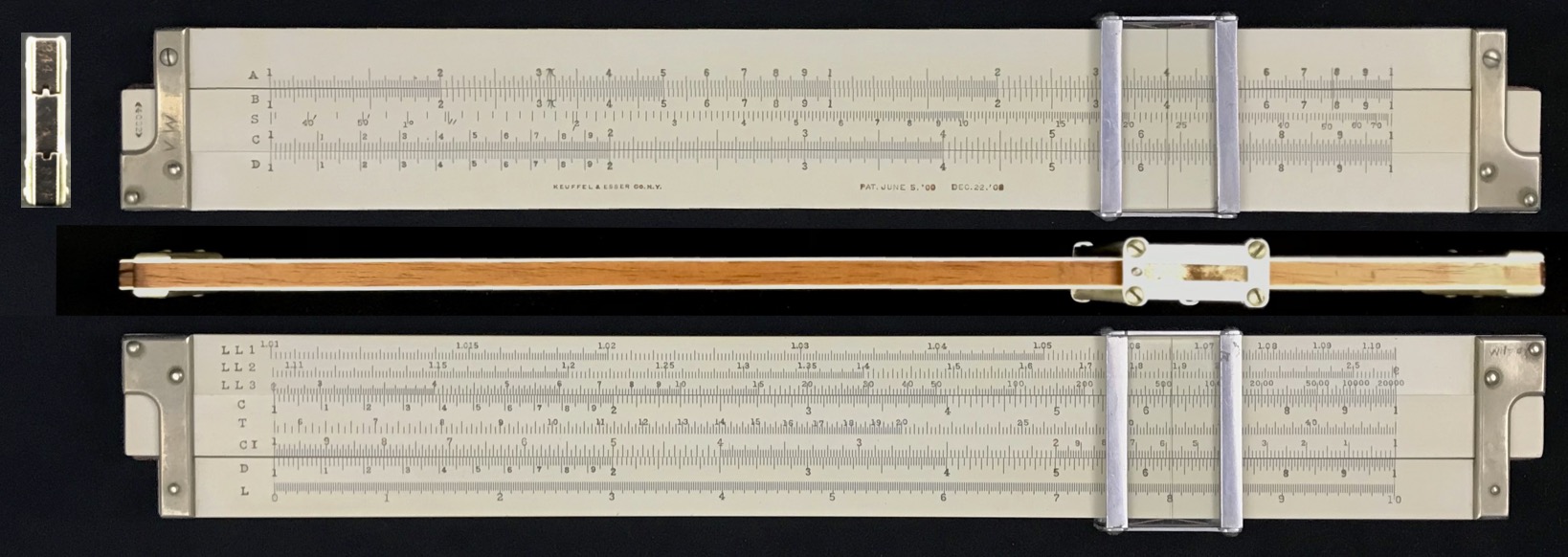
|
| 1913-1914 | Faber-Castell | 378 |

|
| 1913-1914 | K&E | 4133 |
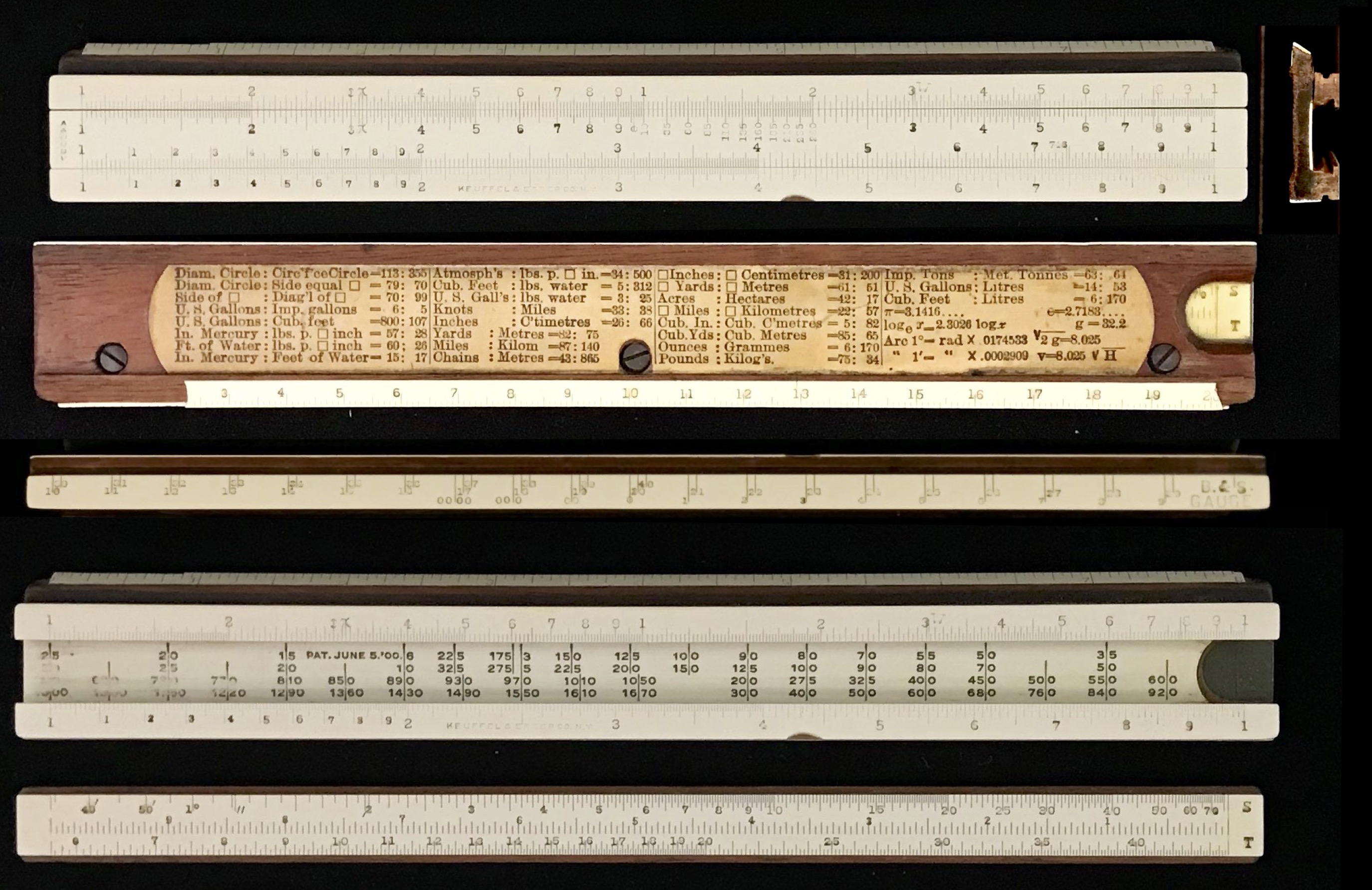
|
| 1913-1915 | K&E | 4100 |
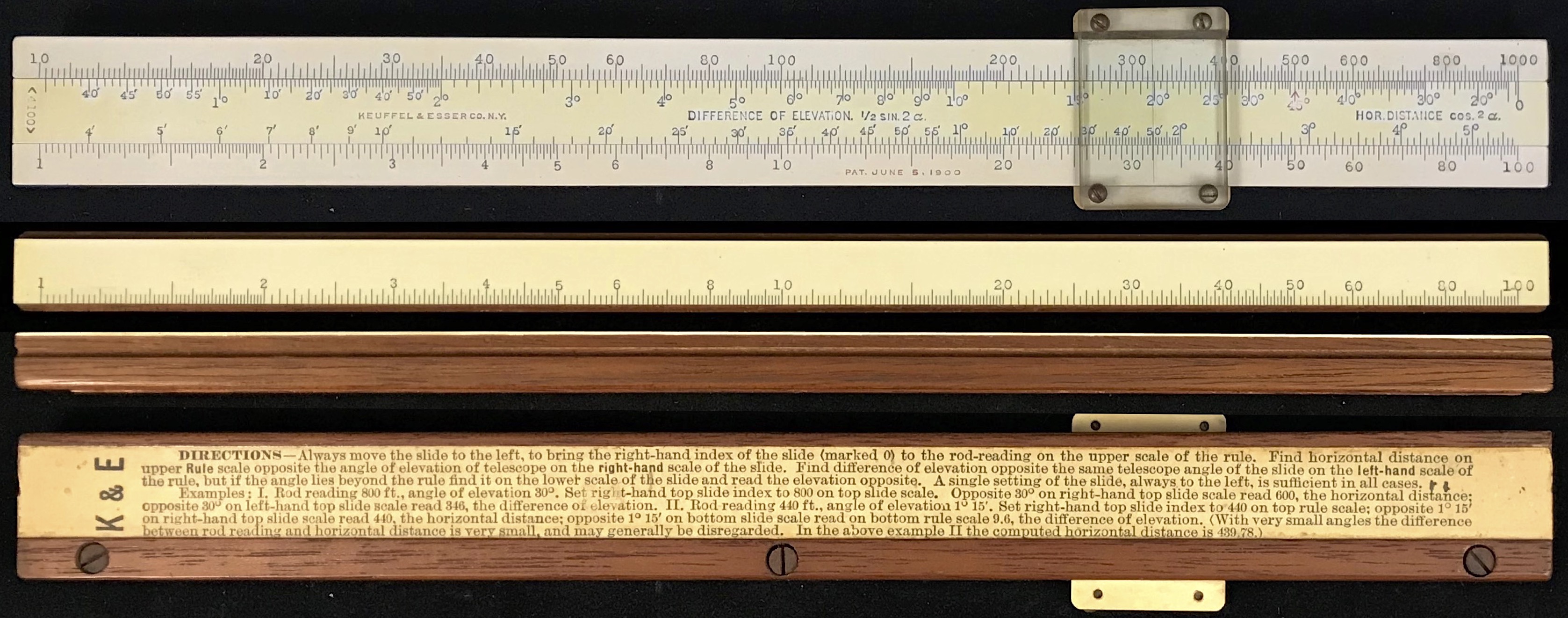
|
| c.1915 | K&E | 4058 |

|
| 1915 | K&E | 4071 |

|
| c.1916 | K&E | 4058 |

|
| c.1916 | K&E | 4083 |

|
| 1916-1920 | K&E | 4088-2 |
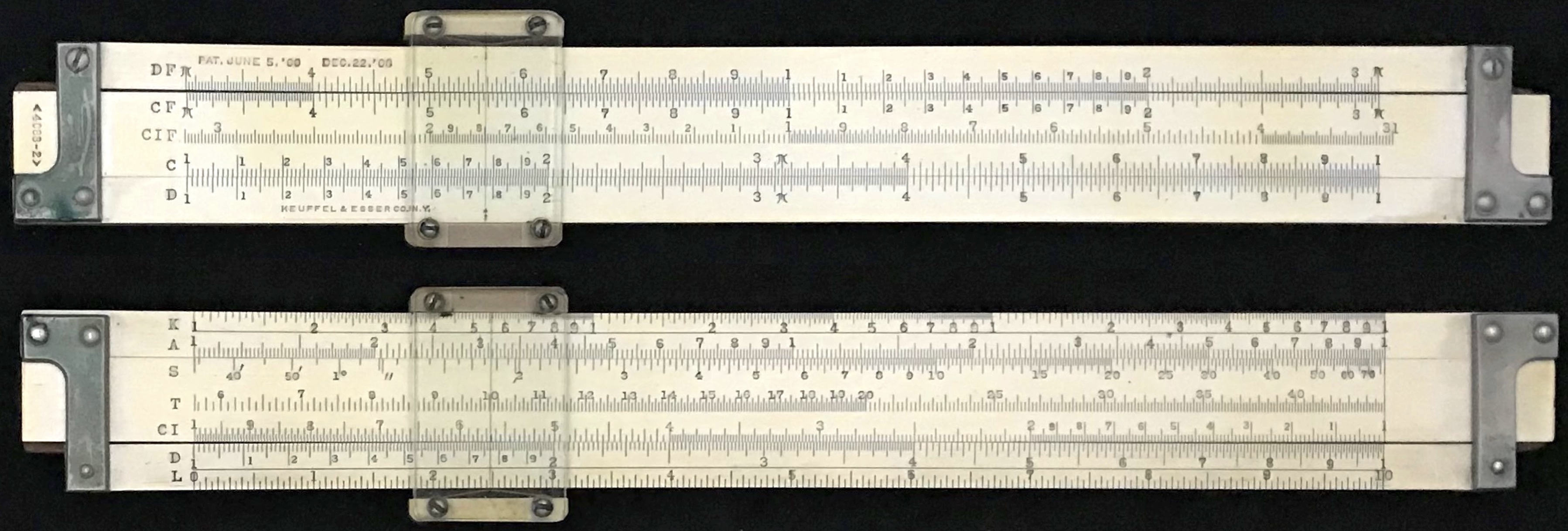
|
| 1916-1922 | K&E | 4088-3 |

|
| 1916-1925 | K&E | 4058 (student) |

|
| 1917-1918 | Richardson | Model of 1917 |
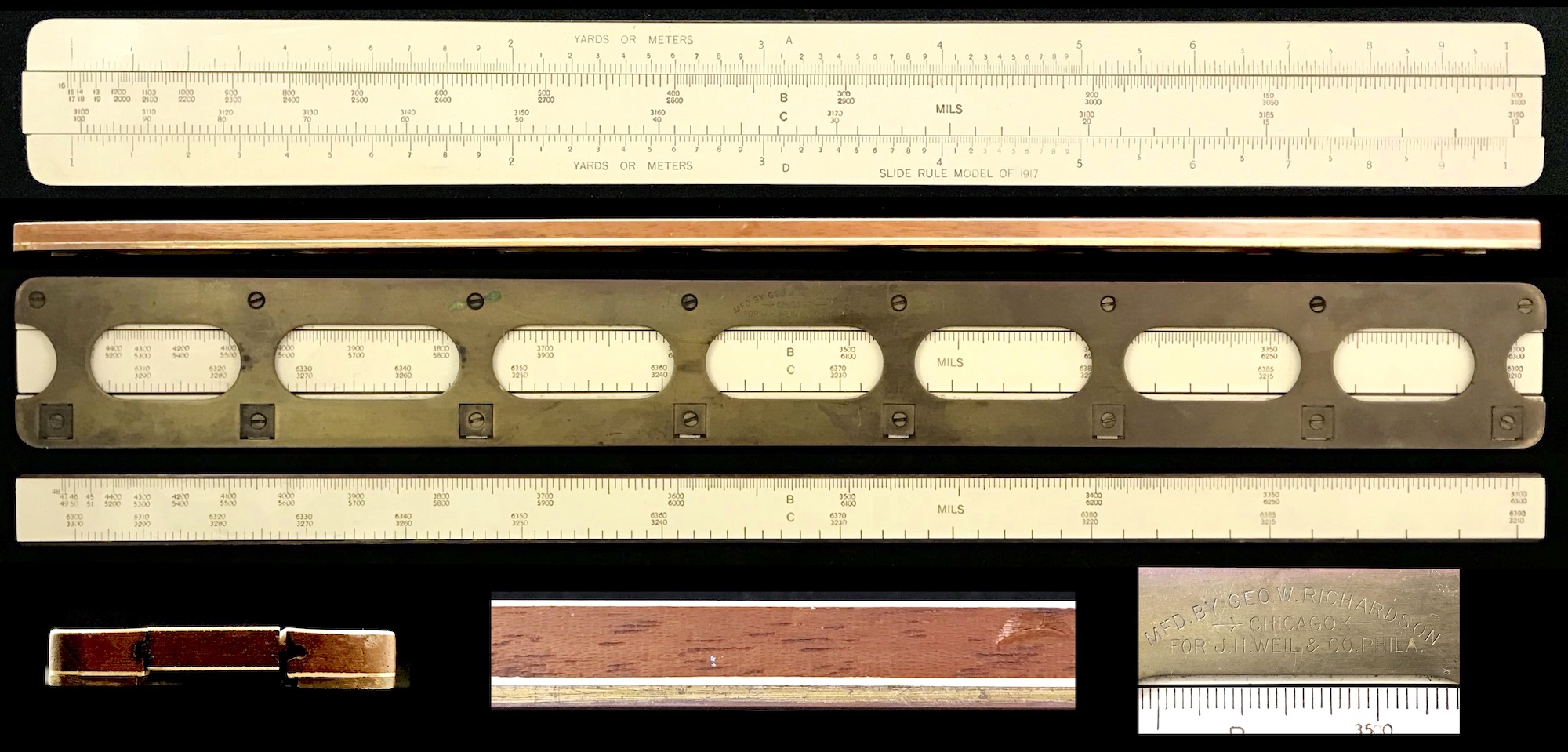
|
| c.1918 | Halden | Calculex |
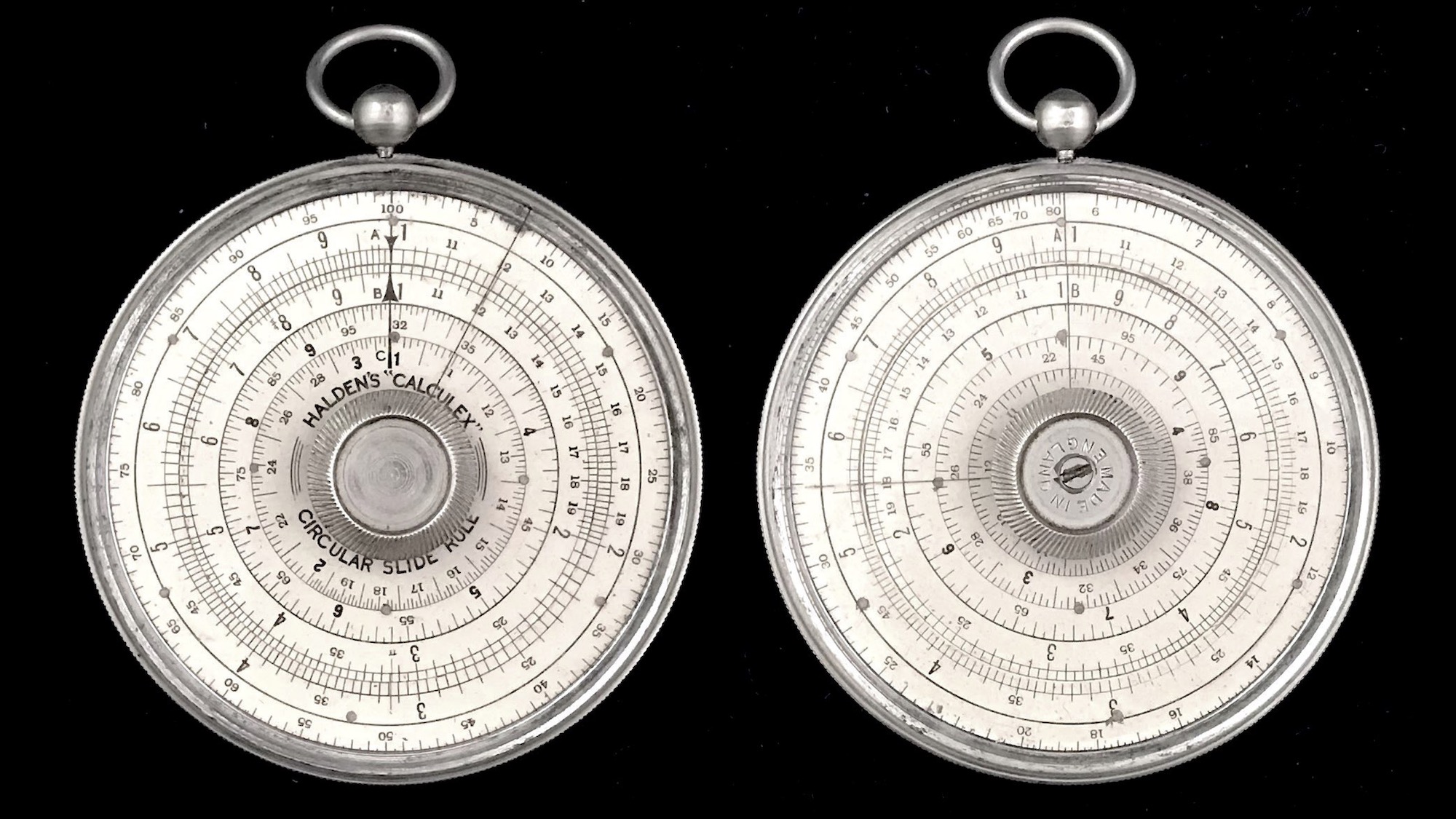
|
| 1919 | Gilson | Midget |
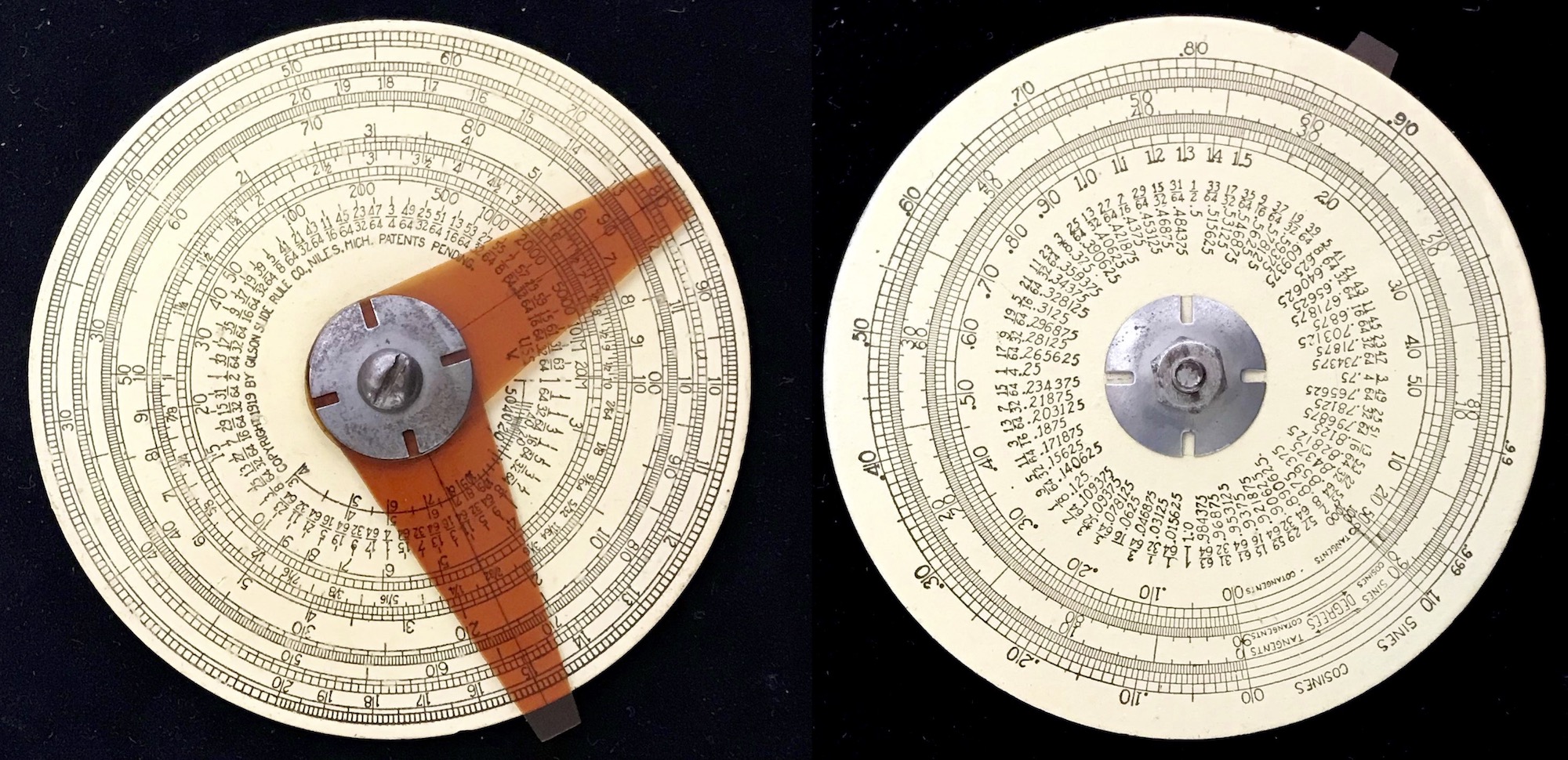
|
| 1919 | K&E | 4041 |

|
| 1919 | KHH | Pocket Rule |

|
| 1919-1927 | Dietzgen | 1759-B |
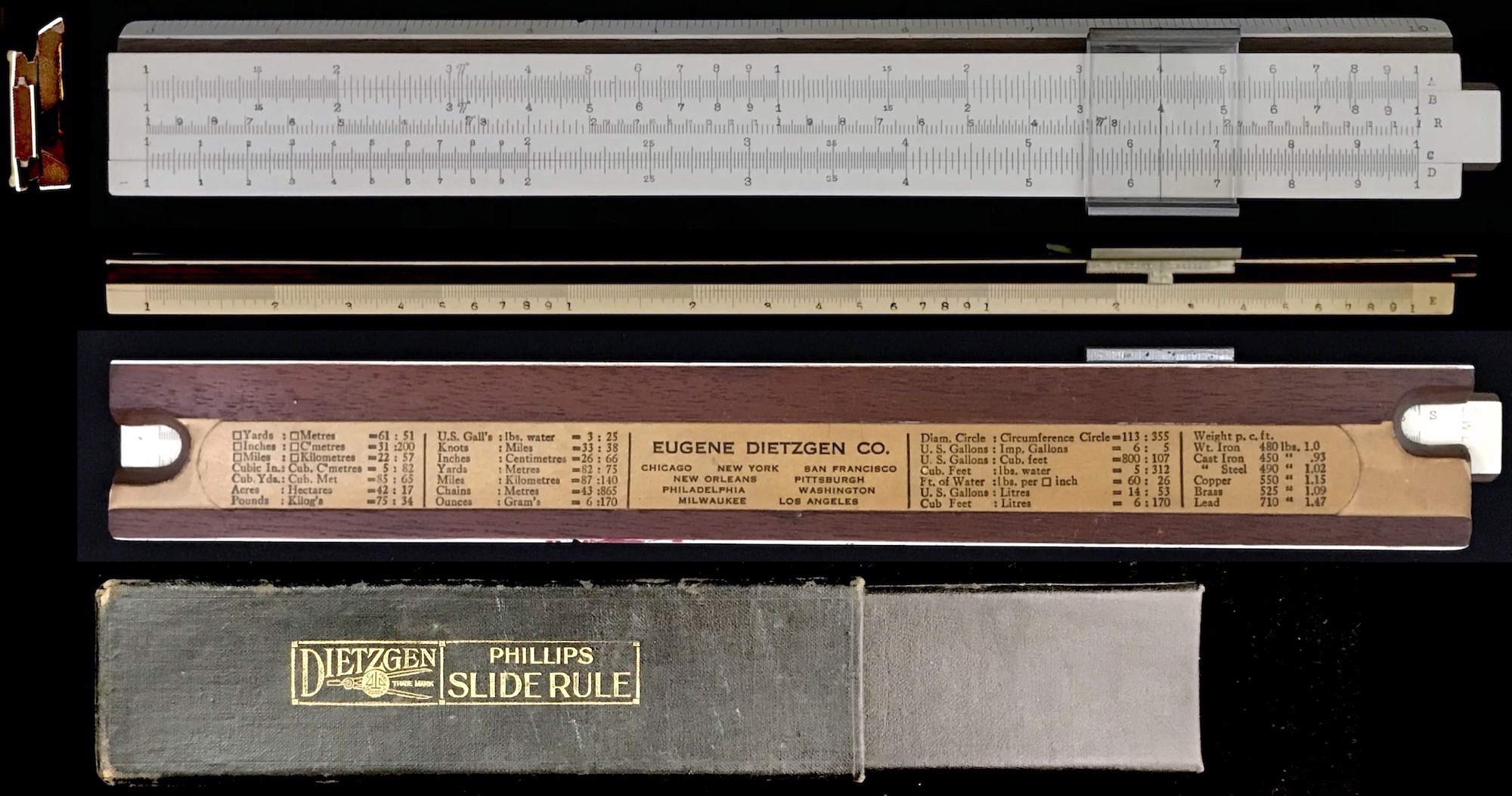
|
| 1919-1927 | Dietzgen | 1759-B |

|
| 1919-1927 | Dietzgen | 1759-B |

|